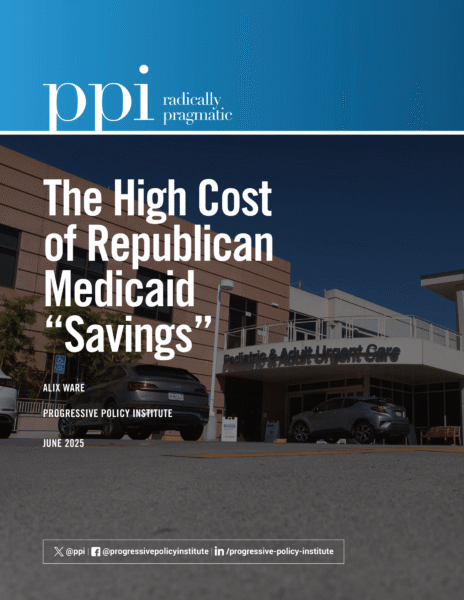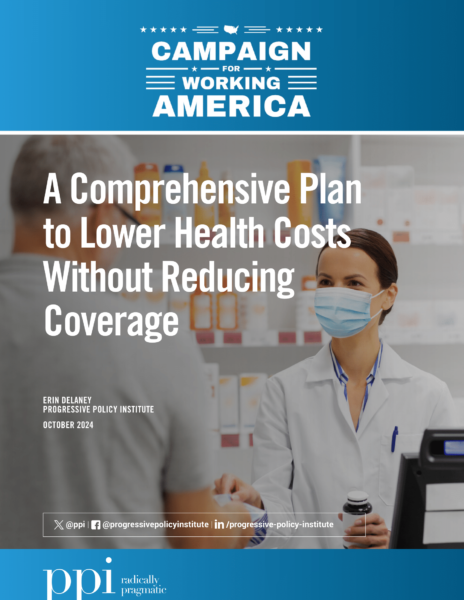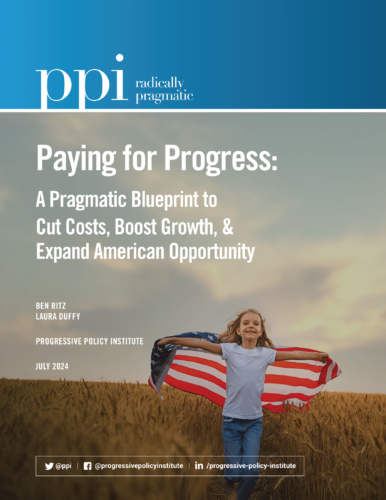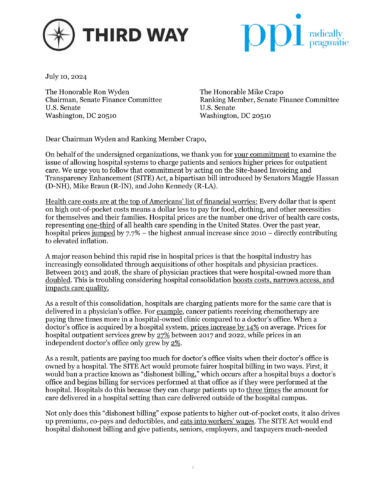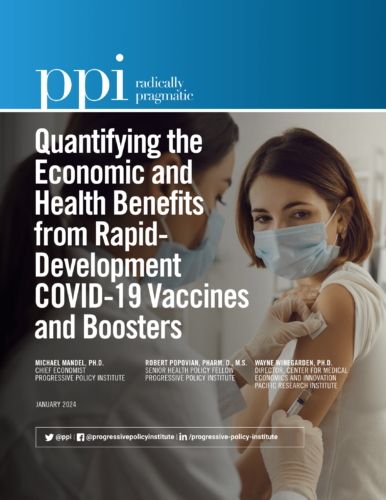WASHINGTON — As President Trump’s “Big Beautiful Bill” moves through Congress, one section included in the legislation will not only skyrocket the cost of living for many working-class Americans, but will also impact how they receive critical care. As part of the One Big Beautiful Bill Act, Congressional Republicans are presenting an $880 billion cut to Medicaid that will kick more than 8.6 million Americans off the program and slash critical health care funding in the communities that need it most.
In a new report for the Progressive Policy Institute (PPI), Alix Ware, Director of Health Care Policy, argues that the proposed Medicaid cuts harm working Americans trying to make ends meet, force rural and underresourced hospitals to close, and push more people to rely on emergency rooms for routine care. Titled “The High Cost of Republican Medicaid ‘Savings,’” Ware’s research dives into how the GOP cuts don’t actually save Americans money or make the program more efficient, instead excluding people from getting the necessary health care they need to survive.
“These cuts aren’t about efficiency — they’re about shifting costs onto working families while giving the wealthiest Americans a tax break,” said Ware. “The bill adds bureaucracy, guts coverage, and penalizes states for innovation, all under the false promise of ‘savings.’”
Key takeaways from the report include how, in its current form, the One Big Beautiful Bill Act:
- Removes 8.6 million Americans from Medicaid;
- Threatens the stability of hospitals in rural or underserved communities, many which will have to close or reduce hours;
- Creates harmful work requirements for many recipients who already meet the requirements to be eligible for the program;
- Forces Americans to go to emergency rooms for routine visits that cost more money and make hospitals more inefficient, or forgo medical treatment altogether;
- Eliminates state Medicaid expansion programs that have saved millions; and
- Reduces access to preventative care as red tape makes it difficult to schedule the necessary appointments to get the help they need before it’s too late
Ware argues that instead of pursuing reckless cuts that restrict Medicaid coverage for those who need it most, Congress should focus on improving the program’s efficiency by eliminating unnecessary red tape — such as work requirements that most recipients already meet — and streamlining paperwork to save both time and money. States, Ware says, have been at the forefront of Medicaid innovation, like Oregon and Maryland, where pragmatic legislators have controlled care costs and made it easier for people to access affordable care — reducing the need for costly emergency room visits for routine health issues.
“The U.S. health system is a complicated mess,” said Ware. “Instead of restricting health care for people who cannot afford it, lawmakers from both parties should seek bipartisan consensus on provisions that reduce inefficiencies while increasing access to coordinated and comprehensive care like Coordinated Care Organizations that reduce emergency room visits, and the Total Cost of Care Model that lowered costs and improved the quality of care.”
Read and download the report here.
Founded in 1989, PPI is a catalyst for policy innovation and political reform based in Washington, D.C. Its mission is to create radically pragmatic ideas for moving America beyond ideological and partisan deadlock. Find an expert and learn more about PPI by visiting progressivepolicy.org. Follow us @PPI.
###
Media Contact: Ian O’Keefe – iokeefe@ppionline.org



